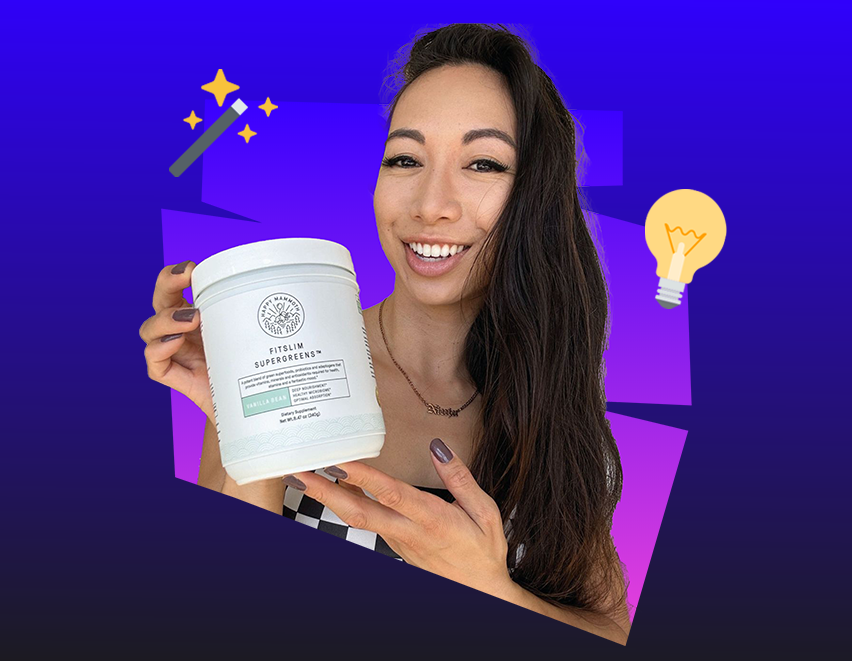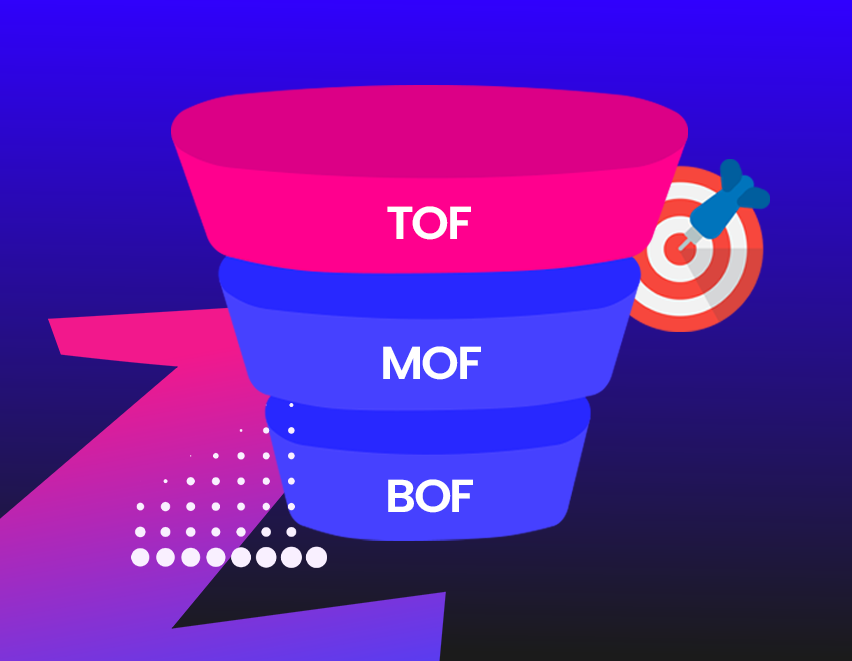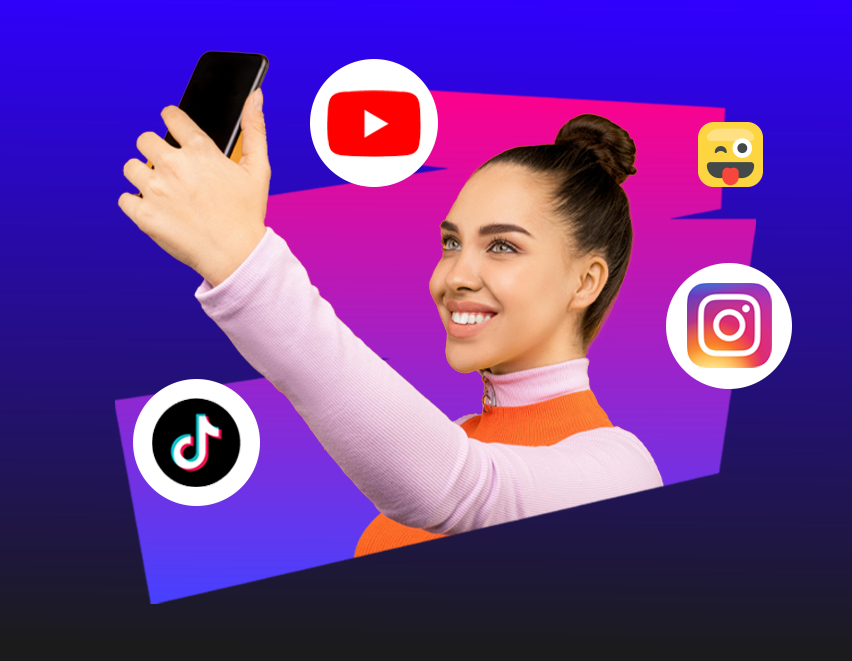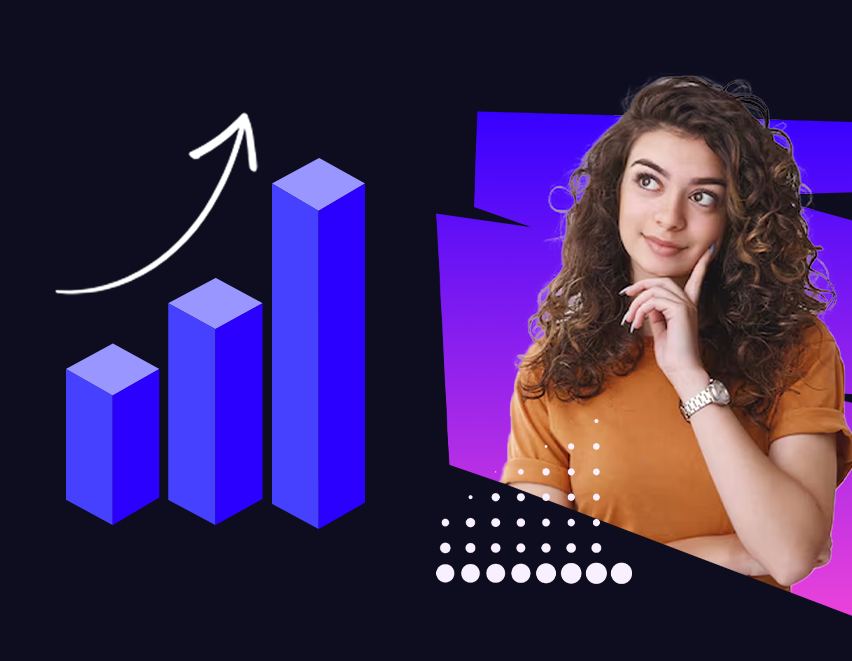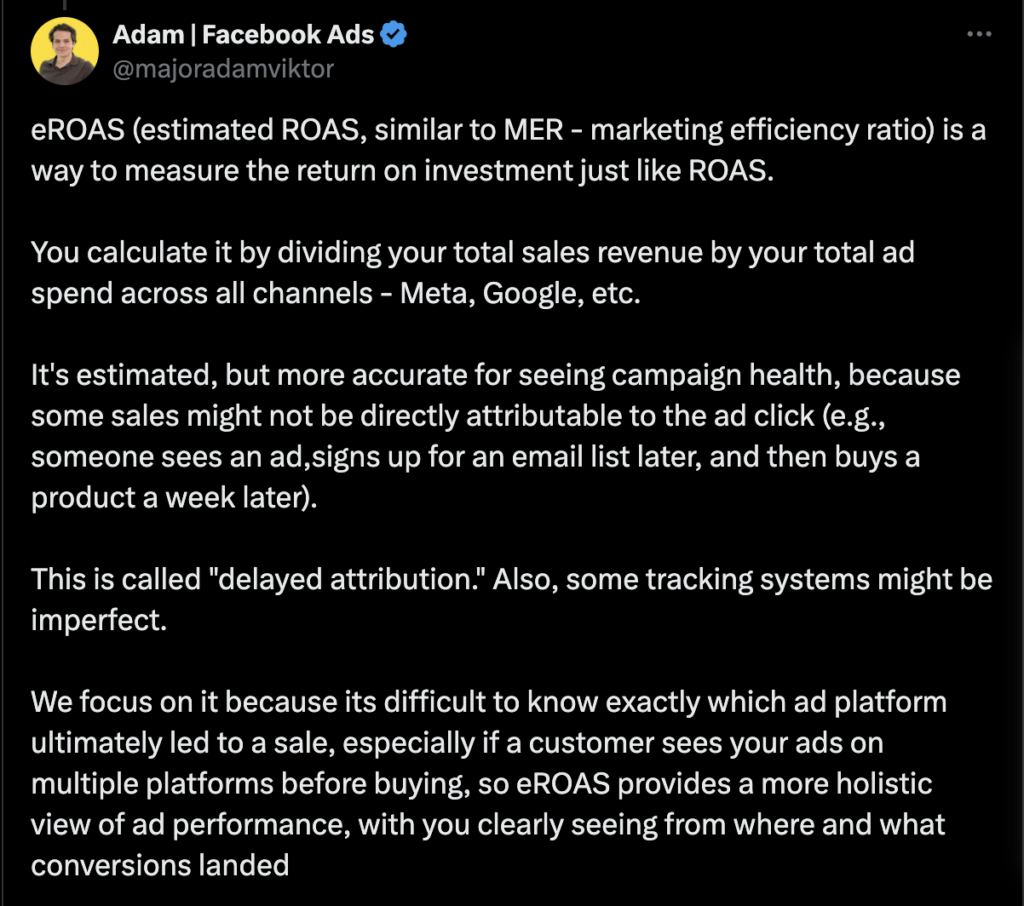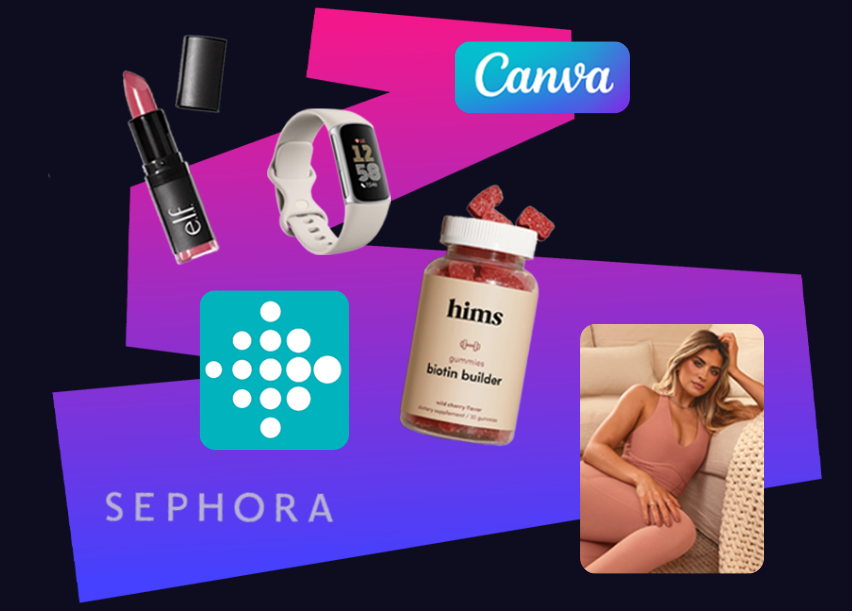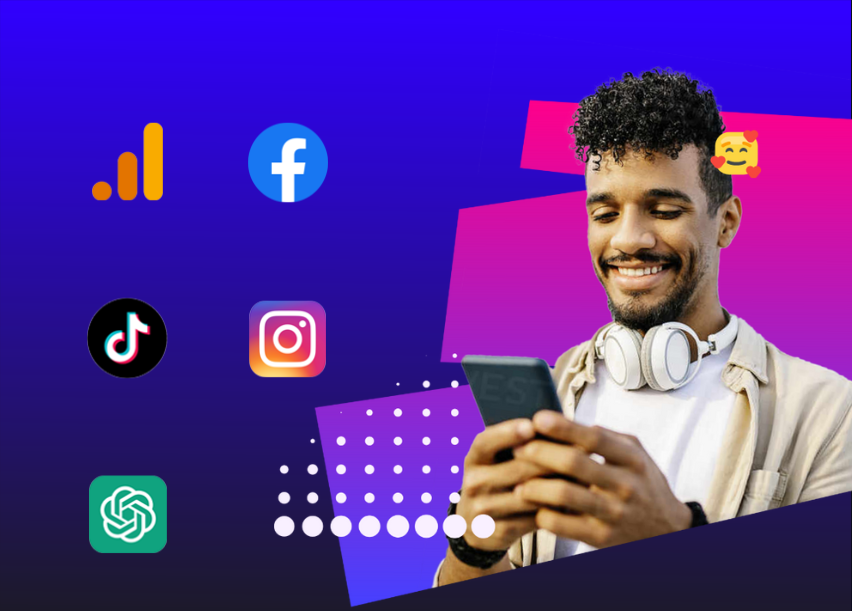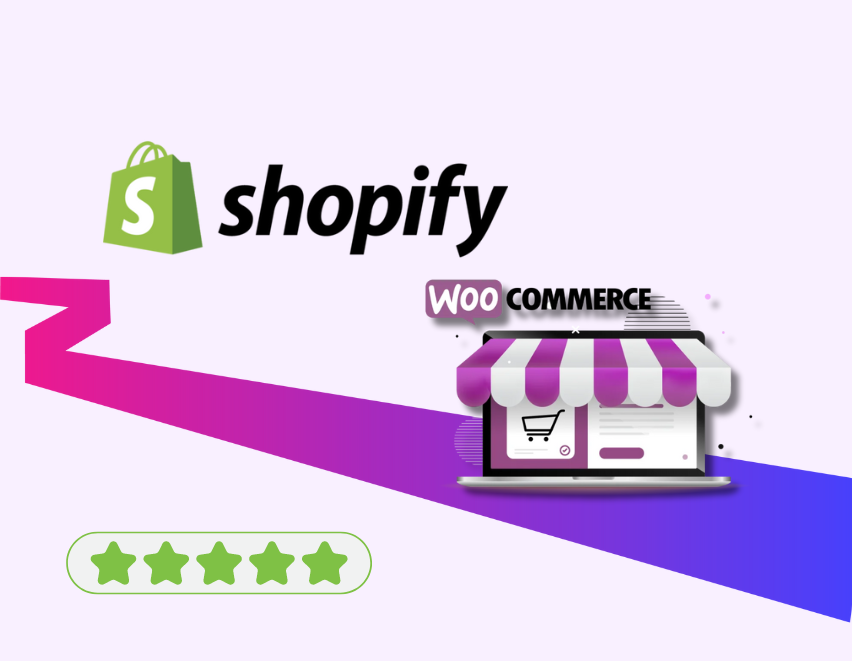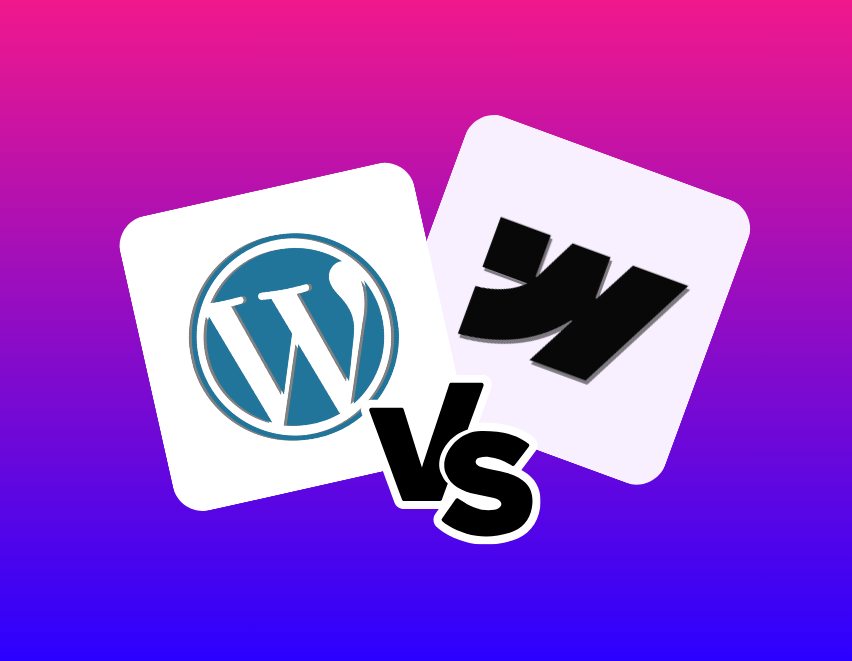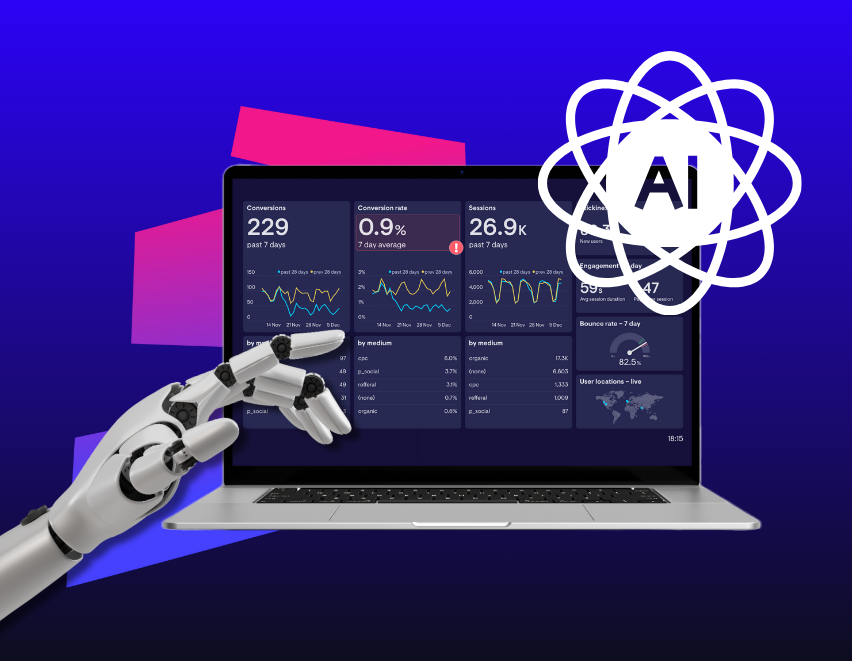In our previous article DTC Trends 2024, we compiled a comprehensive overview of the top 10 DTC trends in 2024, highlighting significant shifts and opportunities within the e-commerce ecosystem. Today, we delve into the practical applications of those trends and deep dive into emerging DTC brands leveraging these trends to the T.
If you are a DTC brand marketer keen on levelling up with the key players in e-commerce, here’s a list of 2024 trends, their practical applications and a coveted list of e-commerce brands acing those trends.
1. Collaboration is key
Generating brand awareness has been a significant challenge for new e-commerce businesses. To resolve this, e-commerce brands have increasingly leveraged UGC/Influencer collaborations to boost their reach.
One outstanding example of a direct-to-consumer brand collaboration with an influencer is e.l.f cosmetics x Jennifer Coolidge. The campaign was built around the popularity of the HBO series; The White Lotus actress Jennifer Coolidge’s character Tanya McQuoid. Elf Cosmetics released a limited-edition Dirty Pillows Lip Kit, which included lipstick, lip liner, and a compact mirror. The kit was promoted on social media with the hashtag #elfDirtyPilllows, along with some influencer posts and in-store displays.
UGC/influencer collaborations like these, as well as brand collaborations, allow DTC brands to tap into each other’s customer bases and create unique offerings that appeal to a broader audience.
Practical application:
If you are an e-commerce brand, you can make the most of this trend by actively seeking partnerships with complementary brands or influencers in your niche, to expand your reach and tap into new customer bases. Brands that resort to influencer/content creator collaborations and co-branded initiatives to create unique offerings; manage to successfully tap into new customer bases and create a niche for themselves in the marketplace.
Another example of a successful DTC brand X influencer collaboration is when Gymshark partnered with athlete Whitney Simmons to create a workout clothing line tailored to her fitness routines, combining Simmons’ influence with Gymshark’s expertise in activewear.
Tool recommendation: Aspire.IO or GRIN
Platforms like Aspire.IO and GRIN enable brands to manage and scale influencer marketing efficiently. DTC brands can utilise AspireIQ or GRIN to identify influencers, automate collaborations, and track the impact of influencer campaigns on brand growth.
2. Personalisation for customer experience
Personalised marketing practices to enhance consumer experiences are another pivotal trend this year. Consumer-facing brands are focusing on creating personalised shopping experiences for consumers based on previous shopping, search, and browsing history.
Popular health-tech company Fitbit for instance, utilises user data to curate and offer personalised workout plans and nutrition recommendations through its app, enhancing the overall fitness experience for its users.
Practical application:
To leverage this trend, you can use consumer data and insights to create tailored shopping experiences for your users. You can now enhance your website by using smart landing pages and dynamically customising content based on user behaviour, preferences, and location.
Simply invest in AI-powered tools to automate personalised recommendations and messaging to your target group.
Another ace example of personalised marketing is the DTC skincare brand Curology, which provides customised skincare formulations based on customers’ skin concerns and goals, leveraging AI algorithms to analyse user data and offer tailored skincare solutions.
Tool recommendation: Optimizely or Segment
Optimizely helps brands with A/B testing and personalising user experiences on websites, whilst Segment collects user data to provide insights that can personalise customer interactions across every channel.
3. Tech stacks and AI-optimised consumer experiences
Generative AI and technological tools that help reduce manual workloads, automate repetitive tasks and leverage zero and first-party data are becoming increasingly popular among DTC brands.
Leveraging this trend, Fashion brand Stitch Fix does a good job of using AI to personalise their consumer’s shopping experience. The brand employs machine learning algorithms to analyse customer preferences and provides personalised clothing recommendations, improving the consumer’s overall experience.
Practical application:
Integrate advanced technology stacks and AI solutions to streamline operations and enhance customer experiences. To optimise efficiency, you can explore tools like Tableau and Google Analytics for data analytics, inventory management, and customer relationship management.
Tool recommendation: Salesforce Commerce Cloud or Adobe Experience Cloud
Salesforce Commerce Cloud also offers AI-powered solutions that can help brands personalise shopping experiences and streamline operations, enhancing customer satisfaction and loyalty. Adobe Experience Cloud also provides tools for data management, targeted marketing, and customer journey analytics.
4. Diversified branding
DTC brands didn’t always believe in upper-funnel spending but the same has now changed! Brands now understand that investing in brand awareness can help reduce CPAs and improve ROAS amongst other long-term metrics over time.
Whilst ‘ugly ads that don’t look like ads work’ is still a valid war cry in DTC advertising, 2024 has seen DTC brands move away from generic aesthetics and create unique brand identities. E-commerce brands are now embracing unique brand designs by strongly associating themselves with their brand’s values.
Practical application:
You can create a strong brand identity for your brand by embracing brand marketing that allows you to differentiate your brand in a crowded market. You can also use social media to invite your users to participate in your brand campaigns by sharing their experiences; to inculcate a sense of brand loyalty amongst your consumers.
One standout example of this is my LOLA, a feminine care brand that leveraged deep learning and upper funnel branding through programmatic efforts. By focusing on display advertising in specific geographical areas and targeting their primary demographic efficiently, my LOLA achieved a significant 30% increase in point-of-sale (POS) sales, showcasing the effectiveness of their brand awareness campaigns and unique branding approach.
Tool recommendation: Canva or Adobe Creative Cloud
Canva is a popular tool that helps brands create distinct visual content easily and helps enhance social media presence and ad creatives. Adobe Creative Cloud offers comprehensive tools for professional-grade design, video, and web content that can establish a unique brand identity.
5. Going global
Thanks to e-commerce platforms that have made international selling easier than ever; DTC brands are now expanding beyond domestic markets. This global expansion has opened up new growth avenues whilst also allowing brands to tap into emerging markets.
Practical application:
By embracing global expansion, your e-commerce brand can also reach new customers and increase its market share. Just like the health brand Peloton managed to expand its reach beyond the US market by launching in international markets like the UK and Canada, offering its connected fitness products and digital content to a global audience.
Tool recommendation: Shopify Plus or BigCommerce Enterprise
Shopify Plus and BigCommerce Enterprise offer multi-currency support and help streamline international operations, making them ideal for DTC brands looking to expand globally without compromising user experience.
6. Traditional retailers testing DTC
With the changing consumer preferences and growing popularity of e-comm marketing, traditional retailers are now embracing the DTC model or acquiring DTC brands. This shift allows them to appeal to different customer segments and expand their market share.
Apparel retailer Nordstrom made this shift and acquired e-commerce brands like Bonobos and Casper, allowing them to operate within its stores and reach a wider audience through its established retail network.
Practical application:
If you are a traditional retailer, then by embracing the DTC model your brand can also leverage building direct relationships with its customers.
Just the way health and wellness retailer GNC, recently embraced the DTC model and launched a direct-to-consumer website to complement its brick-and-mortar stores, offering a seamless shopping experience and personalised product recommendations to online customers.
Tool recommendation: Magento Commerce
Tools like Magento Commerce, for instance, support omnichannel solutions that allow traditional retailers to integrate e-commerce seamlessly into their existing operations, thus helping traditional retail brands effectively and seamlessly adopt the DTC model.
7. Product diversification
DTC brands are diversifying their product lines to mitigate risk and stay competitive. This involves expanding personalisation options or venturing into complementary product categories.
For instance, the men’s grooming brand Dollar Shave Club has done a great job of embracing this DTC trend. Originally disrupting the shaving industry with its subscription-based razor service, Dollar Shave Club has since expanded its product offerings to include grooming products such as shaving cream, aftershave, and skincare items. This expansion allows Dollar Shave Club to cater to the broader grooming needs of its customer base and increase customer lifetime value.
Practical application:
If you are an e-commerce brand you can also leverage product diversification by expanding and venturing into complementary product categories. This will allow your brand to appeal to a broader audience and reduce your reliance on a single product or category.
Just like the mattresses brand Casper expanded its product line to include pillows, bedding, bed frames, and even dog beds. By offering a comprehensive sleep ecosystem, Casper has strengthened its brand presence and diversified its revenue streams within the sleep industry.
Tool recommendation: PIM (Product Information Management) systems like Akeneo or Salsify
Tools like Akeneo help manage product information across multiple channels, ensuring accurate and consistent product details, which is crucial when diversifying product lines.
8. Subscription-based models
The subscription-based model is an already established DTC trend, that helps e-commerce brands as part of their customer retention strategy. However, 2024 has seen a significant push for this model; especially with the growing popularity of health tech!
A brand called Hims, offers subscription-based telemedicine services for men’s health issues, providing a convenient and discreet way for customers to access medical treatments and prescriptions.
Practical application:
If you own an e-commerce brand; not just in a beauty, health tech or healthcare but even if you are a fashion/apparel brand; you can still build customer loyalty and a steady revenue stream by offering product subscriptions. Just as the fashion retailer Rent the Runway offers subscription plans for designer clothing rentals, allowing customers to access a rotating wardrobe of high-end fashion items for a monthly fee.
Tool recommendation: ReCharge or Subbly
ReCharge and Subbly both specialise in managing subscription services, offering seamless integrations for recurring billing and customer retention, crucial for subscription-based e-commerce.
9. Augmented Reality for enhanced consumer experiences
The use of Augmented Reality (AR) in marketing is part of a broader trend where brands leverage digital tools to create immersive, engaging and personalised shopping experiences for their customers.
The use of AR helps consumers visualise themselves using the products before purchasing, which significantly impacts their buying decisions. Just the way, beauty brand Sephora integrates AR technology into its mobile app, allowing users to virtually try on makeup products and experiment with different looks before making a purchase.
Practical Application:
By leveraging the AR DTC trend for your brand; you can also create immersive digital shopping experiences for your consumers and thus stand out in a crowded marketplace.
Tool recommendation: ARKit or Vuforia
ARKit and Vuforia are both great tools brands can use to create augmented reality experiences that can be integrated into apps or websites, enhancing your brand’s online shopping experience by allowing your customers to visualise products in real time.
10. The rise of social commerce
As new platforms and technologies emerge, social commerce will continue to thrive in 2024 and beyond. Platforms like Facebook, Instagram, TikTok, LinkedIn, and Pinterest now facilitate online shopping, and paid advertising campaigns on these platforms are becoming increasingly popular.
Practical application:
If you are an E-commerce brand, you must invest in social media channels where your customers are active.
Just as Fyi! An e-comm brand has leveraged this DTC trend by prioritising a seamless shopping experience on Instagram, utilising the platform’s checkout features to encourage purchases directly within the app. Their strategy includes engaging visual content and influencer collaborations, making the shopping experience quick and integrated.
Tool recommendation: Sprout Social or Hootsuite
Tools like Hootsuite facilitate managing social media interactions and campaigns, streamline content scheduling, and monitor social commerce metrics, helping brands optimise their sales strategies on social platforms.
To sum up, in this article we’ve delved deep into the top ten DTC trends for 2024, offering actionable insights for e-commerce brands aiming to leverage these developments. By embracing influencer collaborations, personalisation to optimise consumer experience, advanced tech stacks, and diversified branding, we believe DTC brands like yours can significantly enhance their market presence.
We have also listed tools like AspireIQ, Optimizely, Salesforce, and Shopify Plus amongst others that will enable effective strategy implementation, and ensure your brand is adapting to the changing consumer demands.
We’ve also listed trends like subscription models, employing technologies like AR and social commerce platforms to help position your DTC brand at the forefront of innovation and customer engagement.


